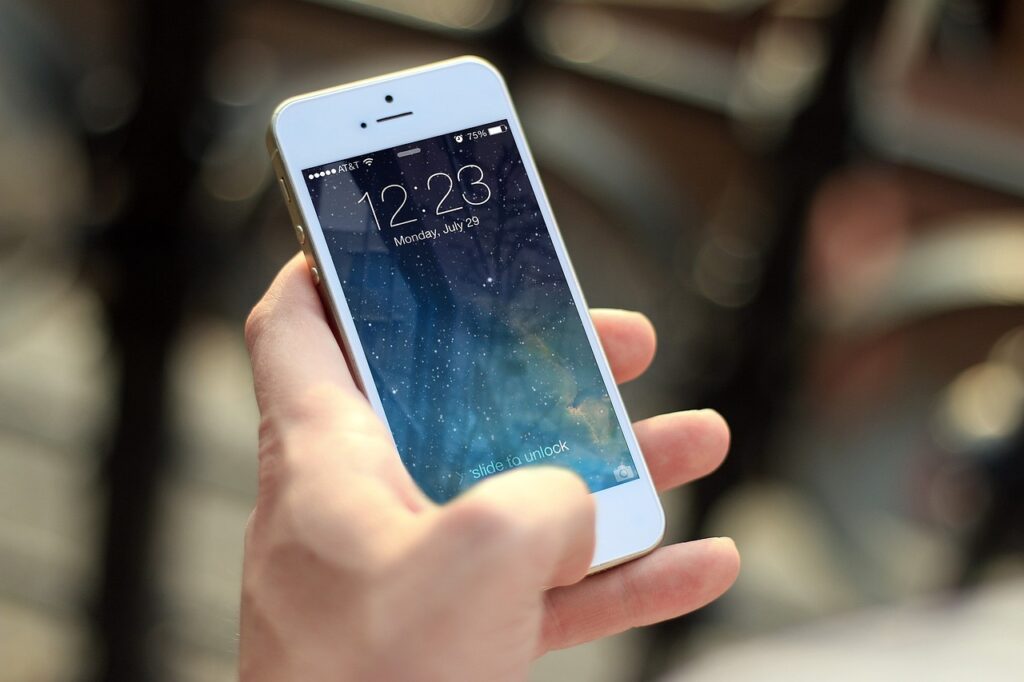Unveiling Radiation Concerns and User Risks
In recent news, France has stirred the tech world with its decision to ban the sale of Apple’s iPhone 12 due to concerns about radiation emissions. In this article, we delve into the origins of these concerns and assess the potential risks faced by iPhone 12 users.
France’s National Frequency Agency (ANFR), the regulatory body overseeing radio frequencies for wireless communication in the country, made headlines by ordering the immediate removal of iPhone 12 from the French market. Their primary apprehension stemmed from the results of an ANFR test that simulated typical phone usage, such as holding it in hand or carrying it in a pocket. The test findings indicated that the iPhone 12 emitted more electromagnetic waves, which can be absorbed by the body, than allowed by regulatory standards.
Specific Absorption Rates (SAR) serve as a metric for evaluating phones in contact with the body. In the European Union, phones must adhere to SAR limits of 4.0 W/kg for limb contact (holding or in a trouser pocket) and 2 W/kg for trunk contact (in a jacket pocket or bag). The iPhone 12’s test results revealed a limb SAR value exceeding the limit, specifically measuring at 5.74 W/kg, although the trunk SAR values remained compliant.
Apart from halting sales, ANFR imposed a series of corrective actions on Apple, emphasizing the need for immediate compliance to prevent further supply chain availability and, if necessary, the recall of already sold devices.
European Concerns Over iPhone 12 SAR Levels
The ripples of concern didn’t stop at France’s borders. Germany and Belgium swiftly initiated investigations into the SAR levels of the iPhone 12, potentially mirroring France’s actions. Other European countries, including Spain’s OCU consumers’ group, also voiced their apprehensions.
Apple, on the other hand, contested ANFR’s findings, dismissing them as specific to French testing protocols and not indicative of safety concerns. They asserted that the iPhone 12 had received certifications from international bodies, and they provided lab results affirming compliance. Apple committed to resolving any radiation issues through a forthcoming software update.
Understanding Electromagnetic Fields and Mobile Phone Radiation
The broader context of electromagnetic fields and radiation reveals that both naturally occurring and man-made sources surround us daily. These fields encompass a wide range of frequencies, with varying effects on the human body. While the term “radiation” may evoke cancer-related fears, it’s important to distinguish between ionizing and non-ionizing radiation. Mobile phones fall under the latter category, with extensive studies failing to establish adverse health effects attributed to their use.
Professor Rodney Croft, chair of the International Commission on Non-Ionising Radiation Protection (ICNIRP), underscored that the iPhone 12’s situation did not pose any health and safety risks. Furthermore, regulatory SAR limits have been set significantly below the threshold where harm is observed.
In essence, the French test results, which primarily indicated a slightly excessive limb SAR reading, have raised questions but may not warrant alarm. With an ever-expanding array of electromagnetic devices and regulators in place, consumer protection remains a priority. However, for Apple, the situation could escalate if they fail to address concerns promptly, potentially leading to wider bans and recalls across the EU.
As Apple launches its iPhone 15, the tech giant hopes to maintain its sales momentum and reputation. Yet, it faces a challenging landscape as regulatory scrutiny intensifies, potentially affecting its profits and benefiting competitors in the EU phone market.
To add to Apple’s challenges, it must adapt to EU rules by replacing its lightning charger with a USB-C charging port for the iPhone 15 by 2024, further highlighting the evolving regulatory landscape in the European tech market.



